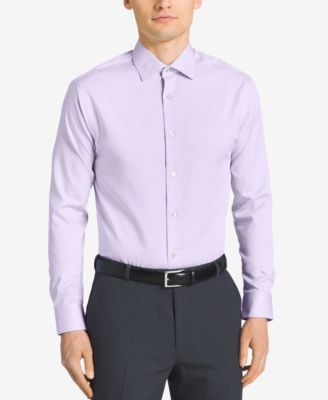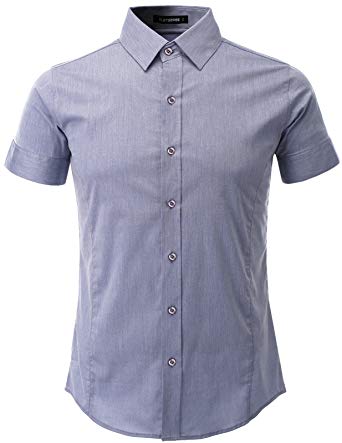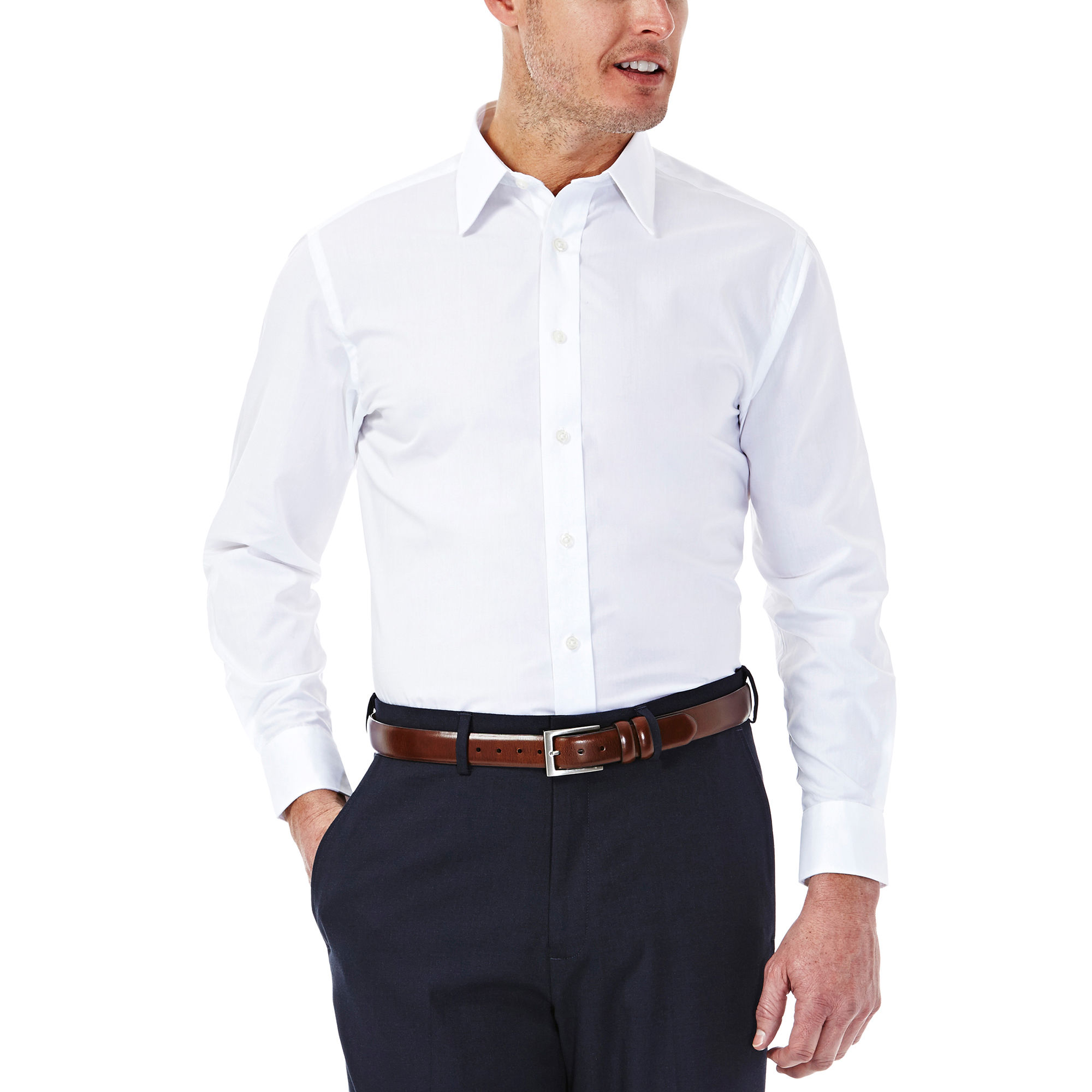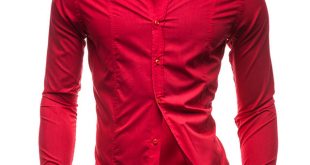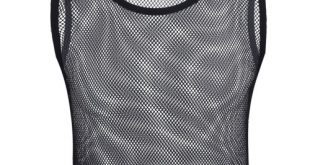Since the 16th century, the shirt is known as everyday clothing that covers the entire upper body. The development into a formal garment takes place at the turn of the 19th and 20th centuries. Dress Shirts are characterized by their buttoned neck and arm openings. They also have a collar, which is manufactured separately and buttoned at the beginning. Received around 1900 Dress Shirts a continuous button placket that allows easy donning. Special shirts have two buttons with buttonholes. This includes the dress shirt and in special cases, the dress shirt. Separate buttons that work like cufflinks hold the two strips together. A special feature of men’s clothing is that the left button placket, buttoned, lies on the right. Small buttons hold the sleeve slits together. Particularly noble models have two buttonholes, which are held together with cufflinks. Jewelry-decorated cufflinks give shirts by gemstones or mother of pearl elegance. Classic dress shirts are the ideal companion for solemn occasions. For a tuxedo at a wedding or a ball you complete the chic outfit.
In the course of the 20th century, various collar shapes develop. These determine how formal the shirt looks and whether a tie fits. The most common is the moderately spread collapsible collar. Fashionably high is the wide spread shark collar, which is very well suited for neckties. Sporty is the button-down collar, which often adorns casual shirts. A special feature of this version are the buttoned on the shirt collar legs. If the classic shirt is white at first, a spectrum of colors and patterns, such as stripes or checks, develops in the 20th century. In this case, the shirt is monochrome or has thin pinstripes for a more formal occasion. Wider stripes or plaid designs are more appropriate for a casual occasion. Casual shirts also differ in other features from formal designs. So the casual version often has a breast pocket. In summer short sleeves provide the necessary airiness. Casual dress shirts go well with jeans, while formal designs are more likely to be a suit. Thanks to its versatile combination possibilities, a shirt belongs in every wardrobe.

